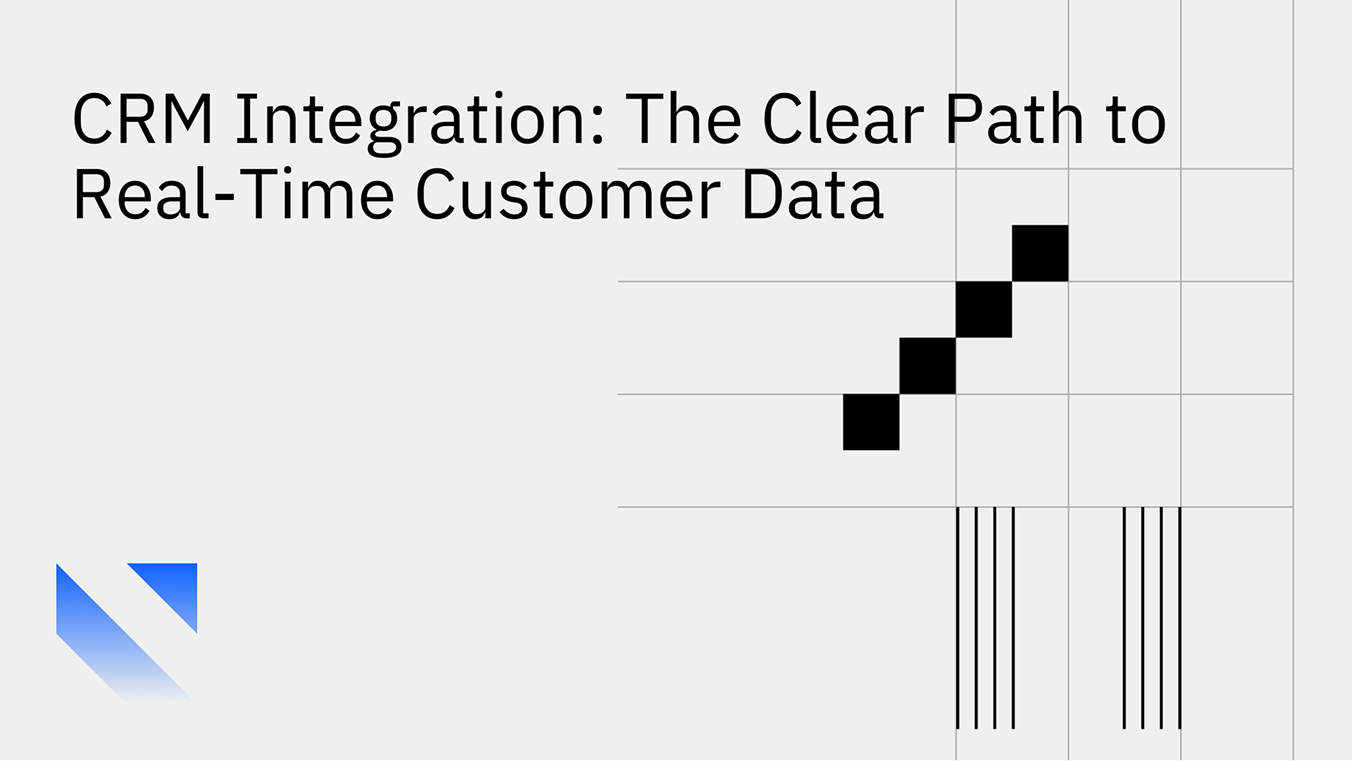

CRM integration connects your CRM (e.g., HubSpot, Salesforce) with the rest of your stack (ERPs, databases, billing, support) so customer data stays accurate everywhere in real time. Use event‑driven, two‑way sync with API‑safe automation to avoid manual exports, limits, and data silos.
CRM integration is the practice of linking your CRM to other systems through APIs, connectors, and event streams so data can flow bi‑directionally. Instead of batch CSVs or one‑off scripts, modern teams use a two‑way sync engine to propagate changes instantly, contacts, deals, tickets, invoices, product data while enforcing mappings and conflict rules.
Why it matters:
Directionality options: one‑way (source→target) for analytics; two‑way for operations; selective fields may be read‑only to prevent loops.
When to favor real‑time vs. scheduled:
Stacksync focuses on real‑time CRM updates with cross‑platform, event‑driven sync HubSpot, Salesforce, NetSuite, Postgres, Snowflake, Zendesk, and more. Teams get:
Result: a dependable CRM automation platform that turns your CRM into the operational nucleus rather than a silo.